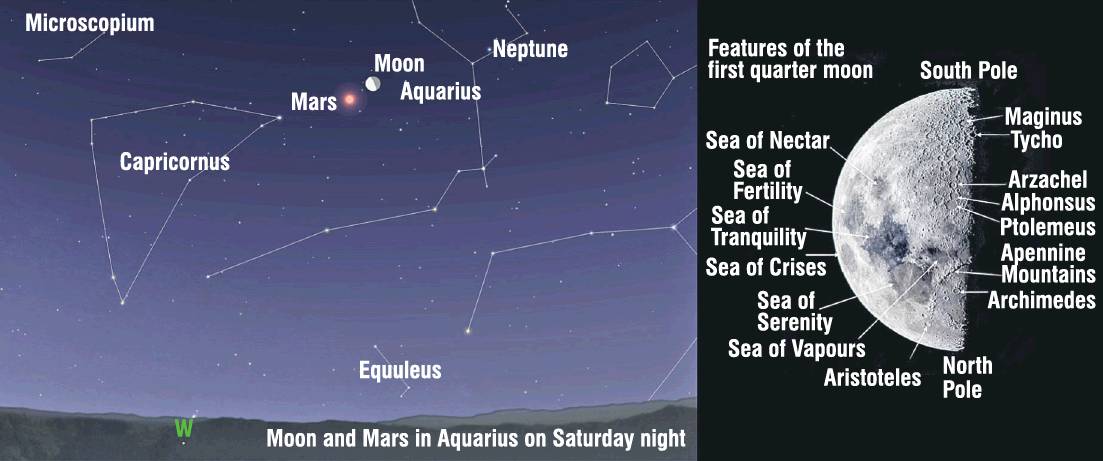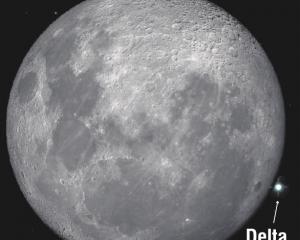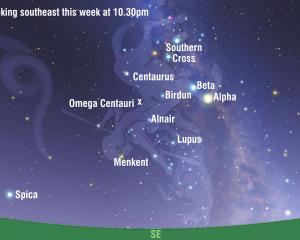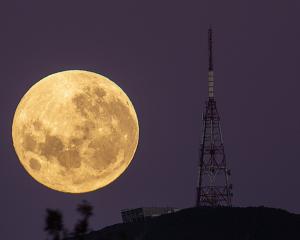
There is a lot going on in the sky at the moment, so if you are at a loose end over the next few nights, I'd encourage you to head out for some stargazing.
The Leonid meteor shower reaches its period of peak activity just before dawn on Saturday, when you may get to see as many as a dozen meteors every hour.
From our part of the world, the radiant (or the position in the sky from where the meteors appear) is very low in the northeastern sky at 4am, so if you do want to try and spot some meteors, an early start will give you the best chance. While you may not see many Leonids, those that you do see may be very bright, because this meteor shower is well known for producing fireballs!
The moon reaches first quarter during the early hours of Friday, which makes this weekend a fine time to turn our attention towards our nearest celestial neighbour. This is especially true if you have access to binoculars or a telescope because, at first quarter there are some particularly interesting features visible on the lunar surface.
One of my particular favourite lunar vistas is the huge Apennine mountain range, which dominates the northern part of the moon. With a highest point some 5400m above mean surface level, this mighty range of mountains is named after the Apennine Mountains in Italy. With their formation dating back approximately 3.9 billion years, by lunar standards this is a very young part of the moon, and much of what we know about this fascinating lunar locale was learned during the Apollo 15 mission in July 1971.
Once the sun has set on Saturday, the moon will appear to be very close to Mars. You will find the red planet looking like a bright orange ''star'' less than three degrees below and to the left of the moon. On November 26, the InSight robotic lander is scheduled to land on Mars and deploy a seismometer on to and a heat probe into the planet's surface. Fingers crossed for a safe landing!












